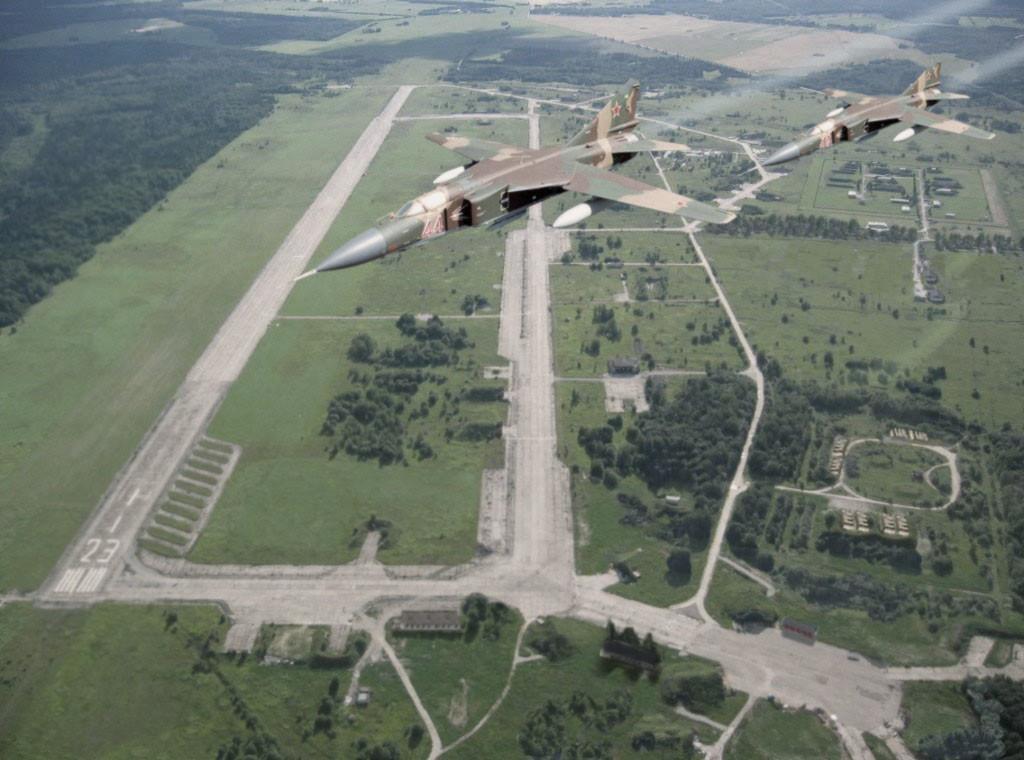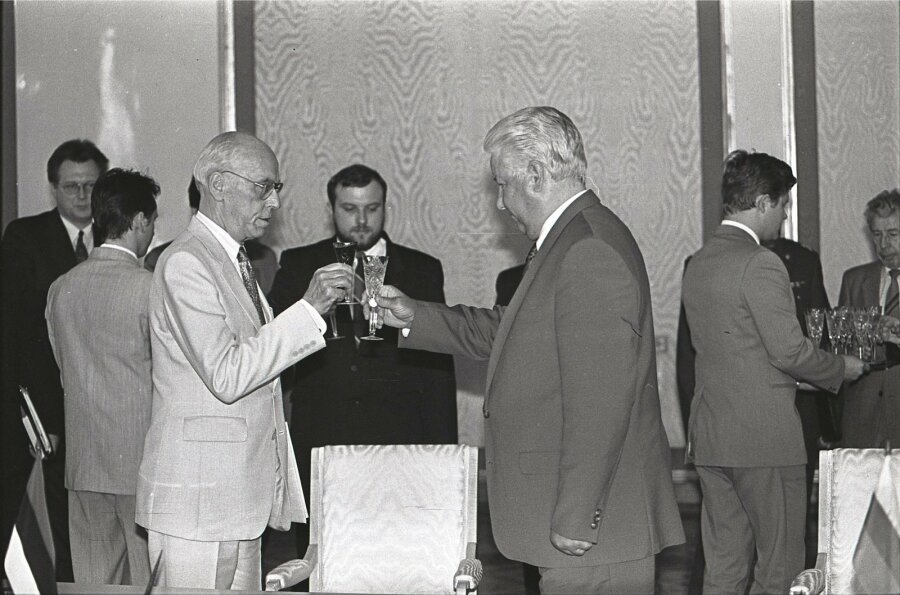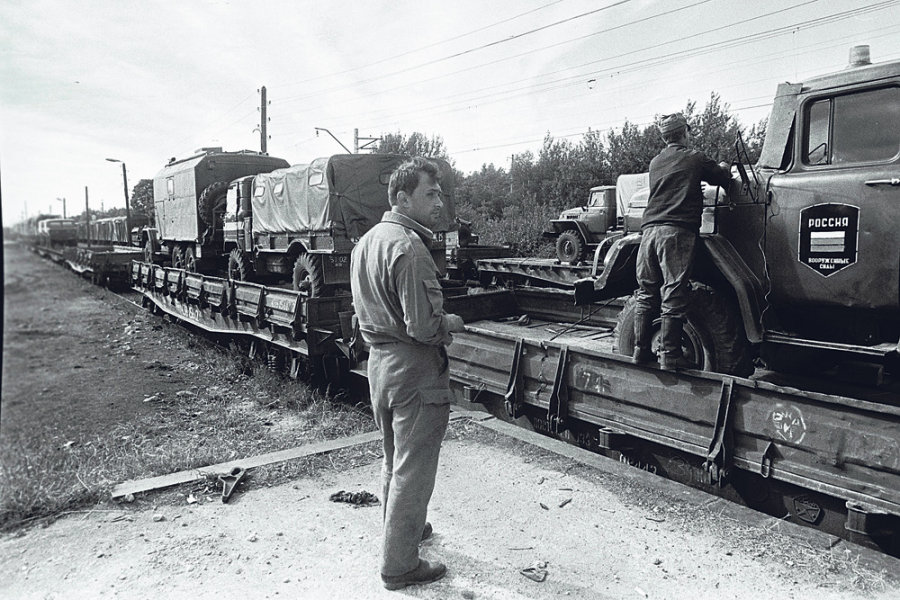31 August 2024 marks 30 years since the last Soviet – or Russian, as the Soviet Union ceased to exist in December 1991 – troops left Estonia, completing the restoration of the country’s independence from Soviet occupation.
When the Soviet Union occupied Estonia in June 1940, it stationed a number of its troops in the country. The brief initial Soviet occupation was followed by Nazi Germany’s invasion of the country in 1941, an occupation that lasted three years. After the German troops withdrew from Estonia in the face of inevitable defeat in the Second World War, the Soviet Red Army returned to Estonian soil and occupied the country for the next fifty years.
Estonia restored its independence in August 1991 and negotiations on the withdrawal of Soviet troops began immediately between the two countries. They lasted until December 1991, when the Soviet Union ceased to exist and the remnants of the contingent of foreign troops on Estonian soil were reclassified as the Russian army. Negotiations continued with representatives of the Russian Federation in April 1992.

On 21 August 1991, the Soviet Army administered more than 570 military sites in Estonia, and about 35,000 people served on these sites. The number of military personnel decreased considerably in the following period, but their numbers were much larger than those of the Republic of Estonia.
Negotiating with vodka-drinking Yeltsin
According to the Estonian foreign ministry, the negotiations were not easy. “In 1992, the Russian side offered 2002 as a possible deadline. As there was no way Estonia could agree to this, the meetings and consultations continued and the Russians finally promised to leave by 1997,” the foreign ministry said.
“However, it was extremely important for Estonia to achieve the withdrawal of Russian troops at the same time as they left many other places, especially Germany, where the deadline for withdrawal was 31 August 1994. There was strong international support for Estonia’s approach, and many Western countries took diplomatic steps to persuade Russia – the United States and Sweden in particular, but many other countries were active as well. We also gained the support of several international organisations (the UN, the CSCE and the Council of Europe)”.
On 26 July 1994, the Estonian delegation, led by the country’s president, Lennart Meri, and the Russian delegation, led by Meri’s counterpart, Boris Yeltsin, finally met in Moscow to negotiate and agree the final withdrawal date.
The story goes that the initial reception in Moscow was a bit frosty – the Russian officials didn’t want to budge. But Yeltsin didn’t seem to care too much what the best minds in Russian foreign policy thought – he’d heard from then US president, Bill Clinton, that the Estonian president was a stand-up guy who could get things done. So Yeltsin decided to let the officials argue and instead invited the Estonian president to have vodka with him.
Meri wasn’t much of a drinker, but the future of his country was at stake, so why not? From a long list that Yeltsin gave him, he chose Absolut Vodka – so things would be absolute between them.
Yeltsin seemed to like the choice, and so they started drinking. Or rather, Yeltsin started drinking, because Meri secretly poured his shots into the pot of a palm tree growing right next to where he was sitting.

And so, after these tense – and less tense – negotiations, a treaty was signed in Moscow by Lennart Meri and Boris Yeltsin on the withdrawal of Russian troops from Estonian soil and on the conditions of their temporary stay in Estonia. One month and four days remained after the signing of the treaty until 31 August 1994, the deadline for the withdrawal of Russian troops.
Social guarantees for pensioners of the Russian Army
In addition to the treaty on the withdrawal of troops, an agreement on social guarantees for pensioners of the Russian armed forces on the territory of Estonia was signed between the two countries. A separate agreement on the neutralisation of the Paldiski nuclear site was signed a few days later, on 30 July. The deadline for the transfer of the Paldiski site was 30 September 1995, but according to the agreement it was no longer considered a military base.
As a result of the agreements, Russian troops were withdrawn from Estonia by 31 August 1994. Practical issues related to military pensioners were immediately resolved: on 31 August, Russia submitted the list specified in the agreement, and the relevant Estonian government committee began work on 1 September. The Paldiski nuclear power plant was fully handed over to Estonia on 30 September 1995.

After the July treaties were signed in 1994, they became the subject of internal political opposition in Estonia – mainly over the rights of pensioners of the Russian armed forces. Irrespective of the upcoming elections, there was unanimity on the future foreign policy approach – integration with the West and positive involvement of Russia.
The treaty on the withdrawal of troops was Estonia’s first major achievement in cooperation with Western allies, but it was also a challenge to the stability and flexibility of the Estonian state.

